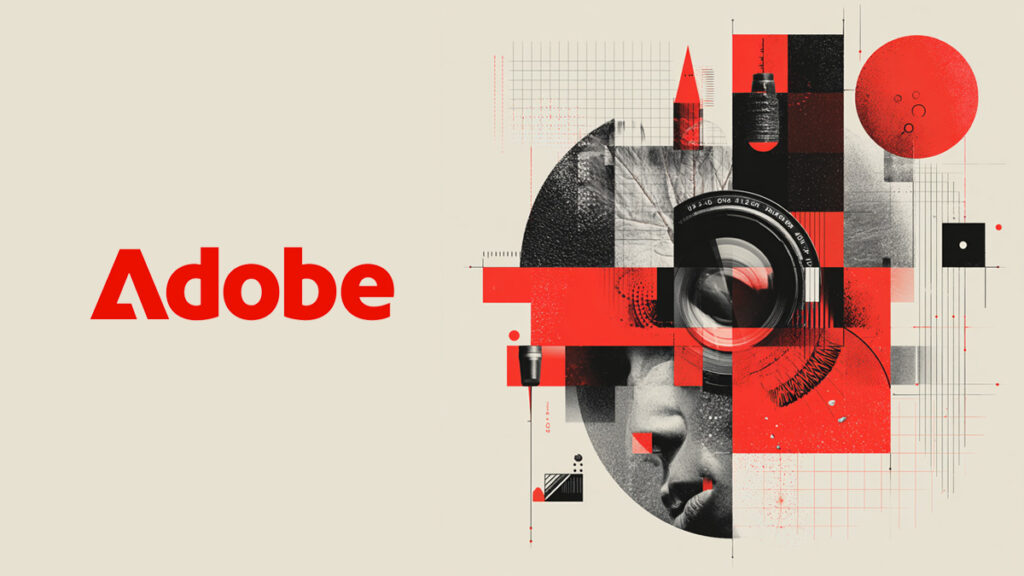Is your brand working for you — or holding you back?
Every brand has a shelf life. Whether you’re a scrappy startup or an established player, there comes a point when your visual identity stops reflecting who you are. Maybe your logo feels dated. Maybe your messaging isn’t landing. Maybe your audience has changed — and your brand hasn’t caught up. A rebrand can feel risky, but done right, it’s a strategic reset that can unlock new growth, relevance, and recognition.
How to know when it’s time to rebrand
If your brand is creating confusion, losing traction, or holding back your business, it might be time for a rebrand. Here are the clearest signs:
- Your brand feels outdated. If your logo, typography, or color palette screams 2012, it might be time to modernize. Trends evolve — and so should you.
- You’ve outgrown your original brand. Startups often launch with scrappy branding. But as you scale, that DIY look can clash with your new positioning or audience expectations.
- Your business has changed. Mergers, pivots, new products — if your offerings shift, your brand should too. Inconsistency creates confusion.
- Your audience isn’t connecting. If engagement is slipping or your brand isn’t resonating, you might be speaking to the wrong people — or saying the wrong things.
- Your competitors are leveling up. If others in your space are evolving visually or narratively, staying static can make you look behind the curve.
What a rebrand can actually fix
Rebranding isn’t just about aesthetics — it’s a strategic tool. Here’s what a smart, intentional rebrand can help solve:
- Clarity: Refocus your message and visuals around who you truly are and what you offer.
- Consistency: Create a unified experience across platforms, touchpoints, and teams.
- Relevance: Align with new audiences, categories, or cultural shifts.
- Credibility: Signal professionalism and maturity to investors, partners, and customers.
How often should you rebrand?
There’s no fixed timeline — but most businesses revisit their brand identity every 5–10 years. A full rebrand might happen less often, while subtle refreshes (like updating a color palette or type system) can happen more regularly. The key is staying aligned with your strategy, not chasing trends.
Tools That Can Help
- Frontify – Great for managing and evolving brand systems over time.
- Looka – Useful for early-stage founders exploring visual rebrands quickly.
- Fabrik – A solid agency partner for deeper strategic rebranding.
Resetting your brand isn’t failure — it’s growth
Rebranding isn’t about erasing the past. It’s about evolving with purpose. The strongest brands in the world didn’t stay static — they adapted, redefined, and kept moving forward. If your brand no longer fits, take the signal seriously. It’s not a problem. It’s an opportunity.
Frequently Asked Questions
How do I know if I need a full rebrand or just a refresh?
If your core values and audience haven’t changed, a refresh (like updating visuals or messaging) might be enough. But if your positioning, market, or business model has shifted, a full rebrand could be worth exploring.
What’s the difference between rebranding and repositioning?
Rebranding focuses on the identity — visuals, voice, and style. Repositioning is about strategy — shifting how you’re perceived in the market. Often, the two go hand-in-hand.
How long does a rebrand take?
It depends on scope. A light refresh might take a few weeks. A full rebrand with strategy, identity, and rollout could take several months.
Glossary Terms
This site uses affiliate links, which means we may earn a commission at no extra cost to you.


